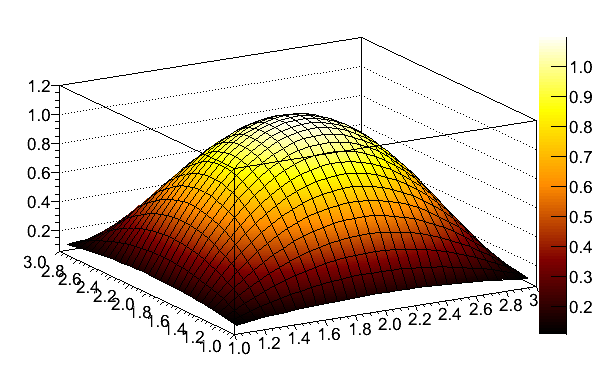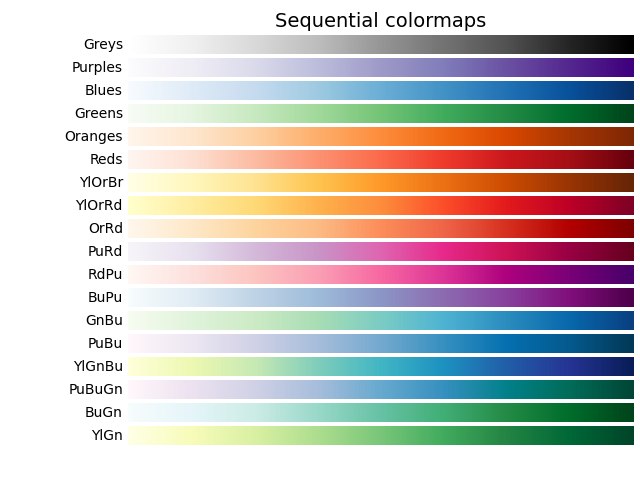
The variability of those imperfections will make it difficult to use light transmission to estimate the thickness of ice because the light transmission will depend mostly on the imperfections and not the thickness. Ice and liquid water both absorb visible and near infrared light about the same amount, although imperfections in the ice can make it more opaque. The blue end of the spectrum is not absorbed as strongly, which is why ice can appear blue (only the blue wavelengths pass through). Near infrared light behaves similarly to red light when passing through ice - both are mostly absorbed by the ice, but NIR is absorbed more strongly. The thicker the ice, the more light will be absorbed and the dimmer the light source will appear on the other side. I think any camera could allow you to estimate how thick ice is, if you can put the ice between the camera and the light source. I will have to ask Ned to include this in the package at Github. This should be copied to the C:\Program Files (x86)\Fiji\Fiji.app\luts directory or something like that on Windows, and I guess to.
#MATLAB COLORMAP HOW TO#
I will make this new color map available as a lut file for use in Fiji when I figure out how to add binary files to research notes or wikis. Middlebury College Organic Farm taken by Teddy with an S100īackyard from a Mobius Infragram on a pole The NDVI images were made with the Photo-monitoring plugin for Fiji. In other words, these NDVI images are not calibrated except by brute force. In some cases a constant was added to the NDVI values of all the pixels to shift them to a more meaningful range. If a normal color photo is included, the NDVI image was derived from a two-camera system. I have included the original photo, either normal color or Wratten 25A super-red Infragram. In many cases, DIY NDVI values above 0.9 are artifacts where the image is very dark or very bright.īelow are some NDVI images colored with the new colormap. I did not make it a gray so it can be distinguished from low values. Foliage generally does not have NDVI values this high, so this color represents non-plants. Different sites produce slightly different results, but it is obvious that the eight percent of white men with color blindness ( 0.9) are colored magenta. There are lots of web sites which show you what a color photo looks like to a color blind person. Protanopes see this gradient very differently.

NDVI values above zero are assigned colors on a gradient from green through yellow to red, so greater photosynthesis is highlighted with hotter colors. NDVI values below zero are assigned a blue color. My standard color map for NDVI images (top), and how it looks to a person with protanopia (bottom). A long time ago, someone suggested that this type of color map was not helpful to people with red/green color blindness like protanopia. You can use any color scheme you want, and I have been using one that turns images into "heat maps" of photosynthetic activity by painting high NDVI values with hotter colors.

If you have a value for every pixel, you can assign different colors to different ranges of NDVI values and make a false color map of how NDVI varies spatially. Or an NDVI value can be determined for every pixel in a photograph of a leaf or of a corn field. A single NDVI value can be determined for an individual leaf or a 200 acre corn field.


NDVI is an index (a unit-free number) related to how much photosynthetic activity is occurring.


 0 kommentar(er)
0 kommentar(er)
